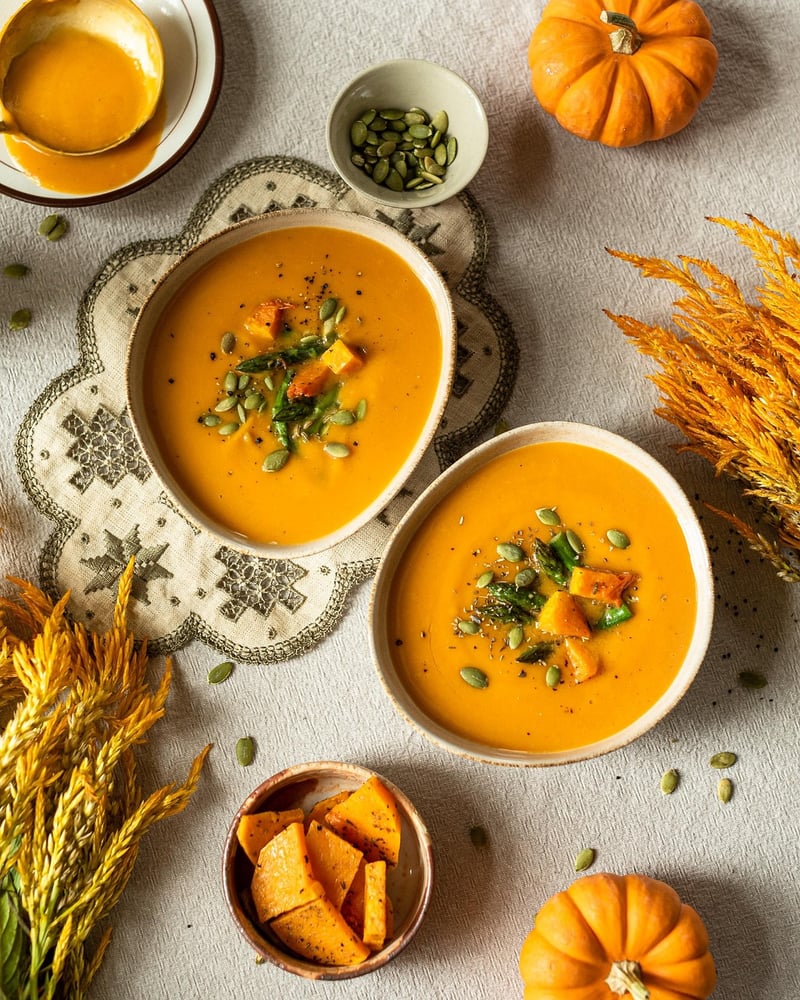Mastering Flavor Profiles
Enhance your Culinary Expertise: Mastering Flavor Profiles
Are you looking to take your cooking skills to the next level? Understanding flavor profiles is essential for creating delicious and well-balanced dishes. Mastering the art of combining different tastes can elevate your culinary creations and impress your family and friends. Let's dive into the world of flavor profiles and learn how you can enhance your culinary expertise.
What are Flavor Profiles?
Flavor profiles refer to the combination of different flavors that make up a dish. These flavors can be categorized into basic tastes such as sweet, salty, sour, bitter, and umami. By understanding how these tastes work together, you can create harmonious and flavorful dishes that tantalize the taste buds.
Key Components of Flavor Profiles
When building flavor profiles, it's essential to consider the following key components:
- Base Flavor: This forms the foundation of your dish and can be savory, sweet, or spicy.
- Complementary Flavors: These are flavors that enhance the base flavor and can add depth and complexity to your dish.
- Contrasting Flavors: These flavors provide balance by offsetting the sweetness, saltiness, or spiciness of the dish.
- Aromatics: Herbs, spices, and aromatics add fragrance and elevate the overall flavor profile of your dish.
Experimenting with Flavor Profiles
Don't be afraid to experiment with different flavor combinations to create unique and exciting dishes. Try pairing contrasting flavors like sweet and salty or sour and spicy to create a dynamic taste experience. Remember that balance is key, so be mindful of not overpowering one flavor over the others.
Resources for Mastering Flavor Profiles
If you're looking to delve deeper into the world of flavor profiles, there are plenty of resources available to help you enhance your culinary expertise:
- Online cooking classes
- Cookbooks focusing on flavor combinations
- Food blogs and websites
- Attending cooking workshops and seminars
By exploring these resources and practicing different flavor combinations in your own kitchen, you can become a master at creating delicious and well-balanced dishes that leave a lasting impression.
Conclusion
Mastering flavor profiles is a crucial skill for any aspiring chef or cooking enthusiast. By understanding the key components of flavor profiles and experimenting with different taste combinations, you can elevate your culinary creations to new heights. So, roll up your sleeves, unleash your creativity, and start mastering flavor profiles today!

Image source: Pixabay
